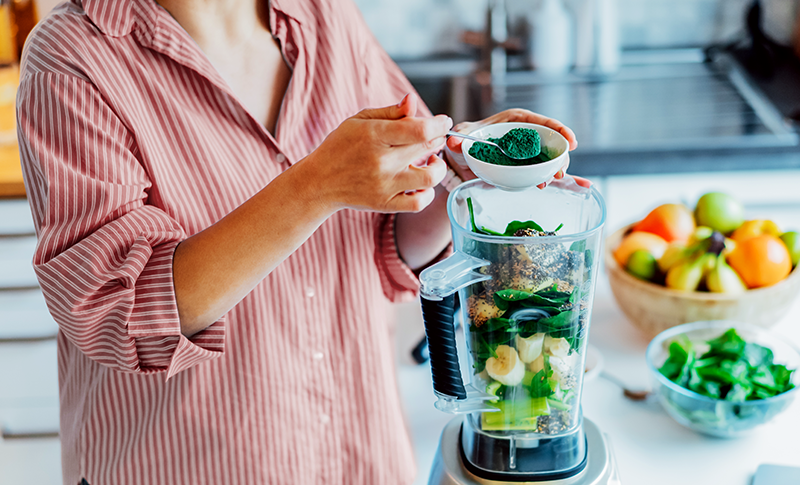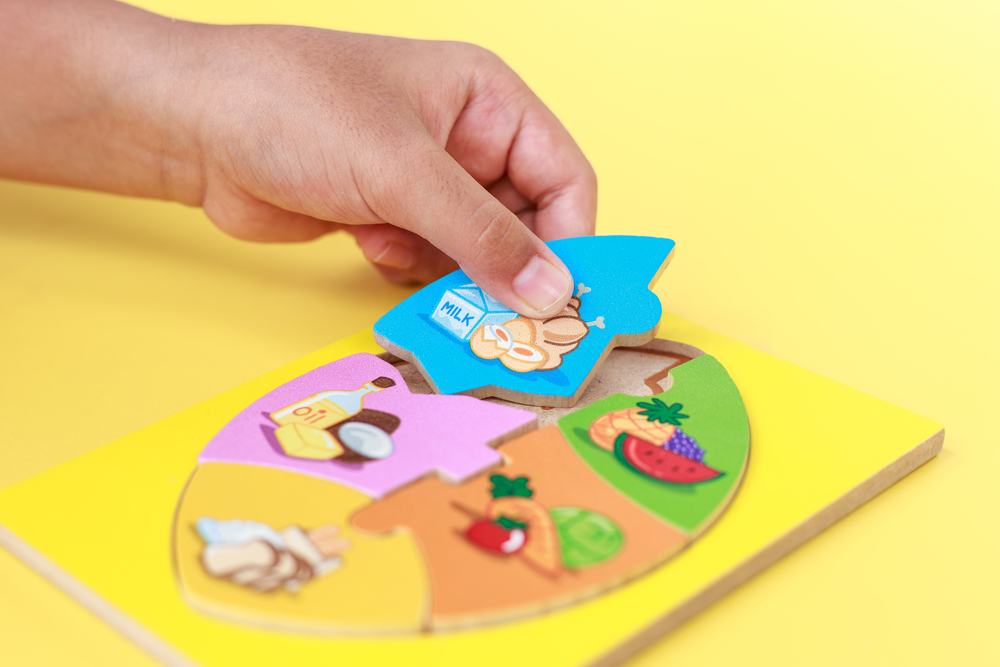There is green gold flowing through a network of tubes in the AlgaeParc in Wageningen: algae. Rich in fats and proteins, they could be a useful addition to our diet. Especially when we have 10 billion mouths to feed in 30 years’ time. Are algae the food of the future?
The potential of algae as a useful raw material for things like biofuels has been touted for decades, but practical applications have been a long time coming. There are some small-scale developments, however. In supermarkets, for example, you can find burgers made of algae and bakeries are selling bread ‘salted’ with saltwater algae.
‘Algae farming has come of age in the last five years,’ says Maria Barbosa, professor of Bioprocess Engineering. The technology for growing algae is developing rapidly, while scientists have learned more and more about how to manipulate algae by making modifications to their DNA, for instance.
Big companies invest when they see a product has a chance of success
The general public have an important role too: consumers and industry are becoming increasingly conscious of the environmental impact of their choices, and the demand for sustainable products is rising. ‘And that includes food made from algae,’ says Barbosa.
In Europe, we grow 60,000 tons of algae a year. That is not enough to enable us to include algae in our diet on a large scale. This view is shared by the European Commission, which ruled last November that the cultivation and use of algae should be seriously expanded. The commission wants to boost the use of algae with new scholarships, subsidies and research programmes. ‘The European Commission is already subsidizing large algae farms, so production is on the rise,’ says Barbosa. ‘Because the Commission expects demand for algae in Europe to grow substantially in the coming years.’
Relief
An increase in algae farming not only supplies more food, but also has a positive effect on the environment. Algae capture carbon dioxide from the air and use nitrogen and phosphorus from seawater. They also need very little soil to grow on. Microalgae such as chlorella and spirulina grow well in a closed culture system such as long tubes. ‘An advantage of a closed system like that is that water and nutrients, such as nitrogen and phosphorus, can be reused and do not leak into the soil,’ says Barbosa.
Such tubes are also stackable, so a small area yields a lot of algae. For example, one hectare of algae provides enough protein each year to feed about 1000 people.
I expect food made from algae will be commonplace within five to ten years
By comparison, a hectare of soya provides enough protein for 50 people in the same time. ‘These are rough estimates,’ cautions Barbosa. ‘They’re based on certain assumptions, but this example does illustrate the potential of algae farming.’ But this doesn’t mean that we can disregard traditional high-protein crops such as soya, lentils and peas and just drink algae smoothies in future. ‘Because algae are not that tasty,’ says Barbosa. So rather than seeking to develop products made entirely of algae, the researchers aim at enriching products with a supplement of powdered algae. As soon as farmed algae reach the right size, they are harvested and dried to make powder. ‘In dried form they are a lot more compact, which saves a lot of weight and space during transport,’ says Barbosa.
Chance of success
The aim in the Netherlands is for 60 per cent of the proteins we eat to come from plant sources by 2030. In combination with traditional protein-rich crops, algae could help us do that. Algae farming is expected to gain momentum now that more subsidies are available. And that means more product development by scientists at universities and small companies. ‘That is attractive to industry,’ says Barbosa. ‘Big companies invest when they see that a product has a good chance of success.’ When will we be seeing large quantities of algae in supermarkets? Barbosa thinks we won’t have to wait long for that. ‘I expect that food made from algae will be commonplace within five to ten years.’
Algae as a jack-of-all-trades
Algae are useful for more than food. Scientists are also studying the scope for sourcing pharmaceutical compounds, edible vaccines and oil from algae. Algae oil is a good substitute for fish and palm oil. Palm oil is currently used in food, cosmetics and deodorant, for example, and is the basis of biodiesel. Applications of algae are still in their infancy. It is difficult to get algae to build up stocks of oil, for example: they stop growing if they produce a lot of it. Although researchers are working hard to develop these kinds of applications of algae, it will take longer than developing uses of algae as food.

 Photo Shutterstock
Photo Shutterstock 

